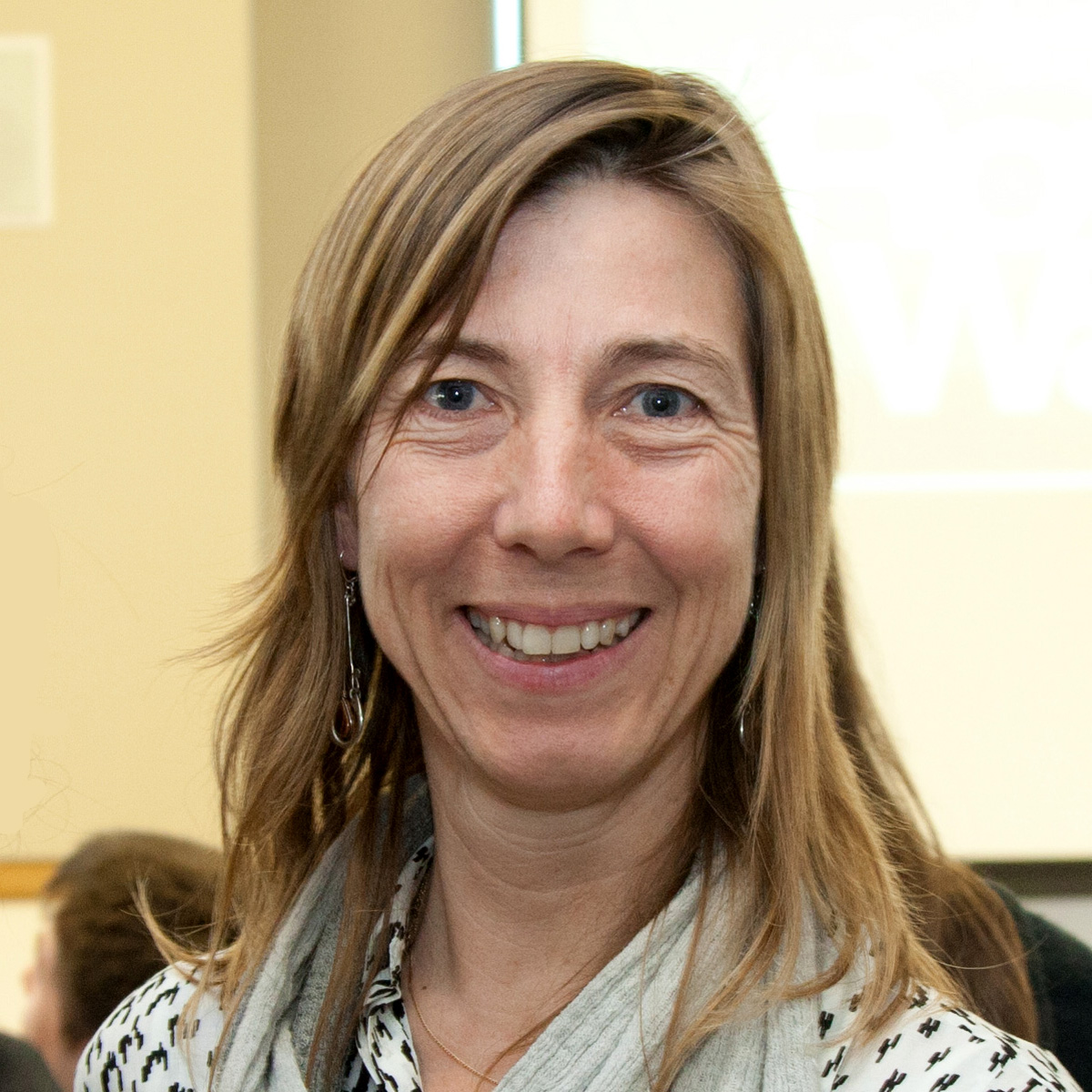Jessie Zarazaga, an adjunct professor in SMU's Lyle School of Engineering, writes about the construction of overhead pedestrian bridges.
 Jessie Zarazaga |
By Jessie Zarazaga
One of the great highlights of the Katy Trail is the Knox crossing.
It is one of the very few sites in the city that prioritizes an active pedestrian street life. Here, for one small moment, as a driver, you become a secondary user of our streets. You are asked, politely, to slow down your busy life for a second, and realize that a lively mass of people are interacting with you in your city.
As a pedestrian, for one small moment of experience, you understand how a city can give pedestrians priority, if it chooses. Drivers must slow down and look, and think about cyclists and walkers. This experience not only invites us as citizens of this city to interact with each other as both drivers and walkers. It teaches us the value, and the beauty, of such an interaction.
One of the terrible choices in our city has been the construction of raised overpasses. Such bridges cut parts of the city from other parts, separating neighborhoods with huge swaths of concrete and solid masses of ramp, walls and divisions. As a citizen on a ramp, one learns to avoid interaction with others, to prioritize separation over interaction, to expect private speed, rather than thoughtful shared use.
This is not only the case with the great raised highways downtown. Pedestrians using the overpass bridges downtown (or the tunnels) constructed in the 1980s are again separated from the life of the city street. This choice of overhead pedestrian bridge construction has long been shown to be detrimental to the street. It reduces the activity of street life, takes away commerce and shared use, and it allows traffic to be more thoughtless, more rapid, and thus more dangerous.
Please don’t build a bridge across Knox.
The ramp and bridge will create division where the trail has beautifully managed to re-connect the two sides of the Katy railway track: the Highland Park residential zone and the active life of the Travis-Knox commercial zone. The density of the ramp would separate two sides of the city.
Our city has great poverty in street life. There are very few places where pedestrians and drivers interact and learn to respect one another. The pedestrian is almost always isolated from the street. Here at these Katy crossings, the livelihood of the city allows interaction and teaches us the beauty and value of it. Taking pedestrians away will impoverish our street life.
A pedestrian bridge will allow cars on Knox and Harvard to go faster. This is a bad thing. Knox street is a pedestrian friendly zone, and the pause and care of traffic is vital to its quality. Fast moving drivers, released from the work of thinking about pedestrians, will harm the quality of the street and respect other pedestrians less.
A runner, with a heavy stroller, may choose not to run up the ramp. Will the crossing become illegal? Will those who choose not to climb hills have to sneak across fast moving traffic? The interaction with the traffic is, moreover, valuable to runners and cyclists. It reminds us, too, we are in a city of shared life and values. It requires us to pause and look for traffic, rather than mindlessly chase our headphone rhythm as if we were cycling in the neutral zone of a gym.
More engineering is not the solution to good public manners. We, as citizens, can learn, and must learn, to share our public space, not isolate ourselves. And we can learn to take pleasure in the shared quality, which is the poetry of city living.
# # #